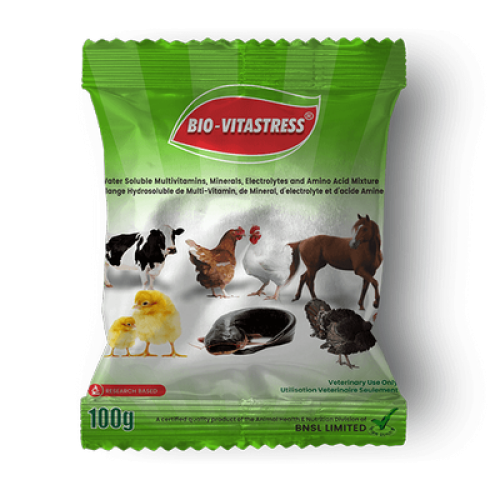Description
Pepper Caribean Red Habanero (Hot) Seed is renowned for its intense heat and fruity flavor. These seeds produce plants that yield vibrant red, extremely hot peppers, which are popular in spicy cuisines and for making hot sauces. Originating from the Caribbean, these peppers are a hotter variety of the traditional orange habanero.
Key Features of Pepper Caribean Red Habanero (Hot) :
Flavor Profile:
- Despite their intense heat, these peppers have a distinct fruity and slightly smoky flavor, adding complexity to dishes and sauces.
Plant Characteristics:
- Plants are relatively compact, growing to about 24-36 inches (60-90 cm) tall.
- They are highly productive, often producing a large number of peppers per plant.
Fruit Characteristics:
- The peppers are small, usually 1-2 inches (2.5-5 cm) in length, and have a wrinkled, lantern-like shape.
- They start green and mature to a bright red color, indicating peak ripeness and flavor.
Growing Instructions of Pepper Caribean Red Habanero (Hot)
- Germination:
- Temperature: The optimal soil temperature for germination is between 75-90°F (24-32°C).
- Time: Germination typically takes 7-14 days.
- Method: Sow seeds 1/4 inch (6 mm) deep in seed-starting mix. Keep the soil consistently moist but not waterlogged.
- Transplanting:
- Once seedlings have at least two sets of true leaves and all risk of frost has passed, transplant them into the garden or larger containers.
- Space plants about 18-24 inches (45-60 cm) apart in well-draining soil with plenty of organic matter.
- Sunlight and Watering:
- Sunlight: Caribbean Red Habanero plants require full sun, at least 6-8 hours of direct sunlight per day.
- Watering: Keep the soil evenly moist but not saturated. Water at the base of the plant to avoid wetting the foliage.
- Fertilization:
- Use a balanced fertilizer or one higher in phosphorus to encourage flowering and fruiting. Apply according to the package instructions, typically every 2-3 weeks during the growing season.
- Pests and Diseases:
- Common pests include aphids, whiteflies, and spider mites. Use organic or chemical controls as necessary.
- Watch for signs of fungal diseases like powdery mildew or bacterial leaf spot, and apply appropriate treatments or practice crop rotation to minimize issues.
- Harvesting:
- Harvest peppers when they turn bright red. Use scissors or pruning shears to cut the peppers from the plant, leaving a small stem attached.
- Wear gloves when handling habaneros to avoid skin irritation from the capsaicin.
Additional information
| Weight | 7 kg |
|---|







Reviews
There are no reviews yet.